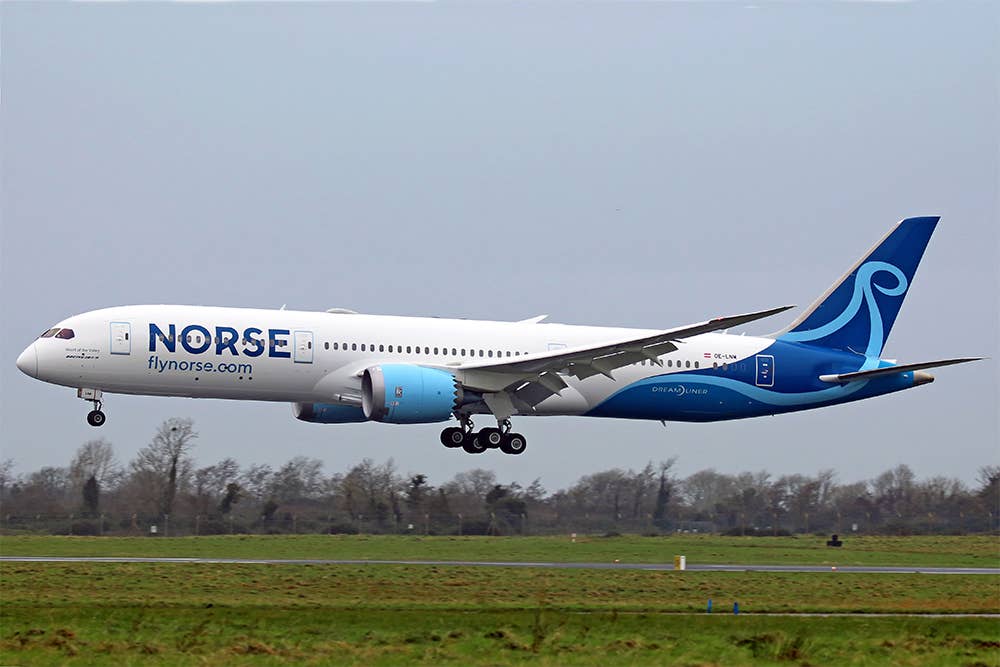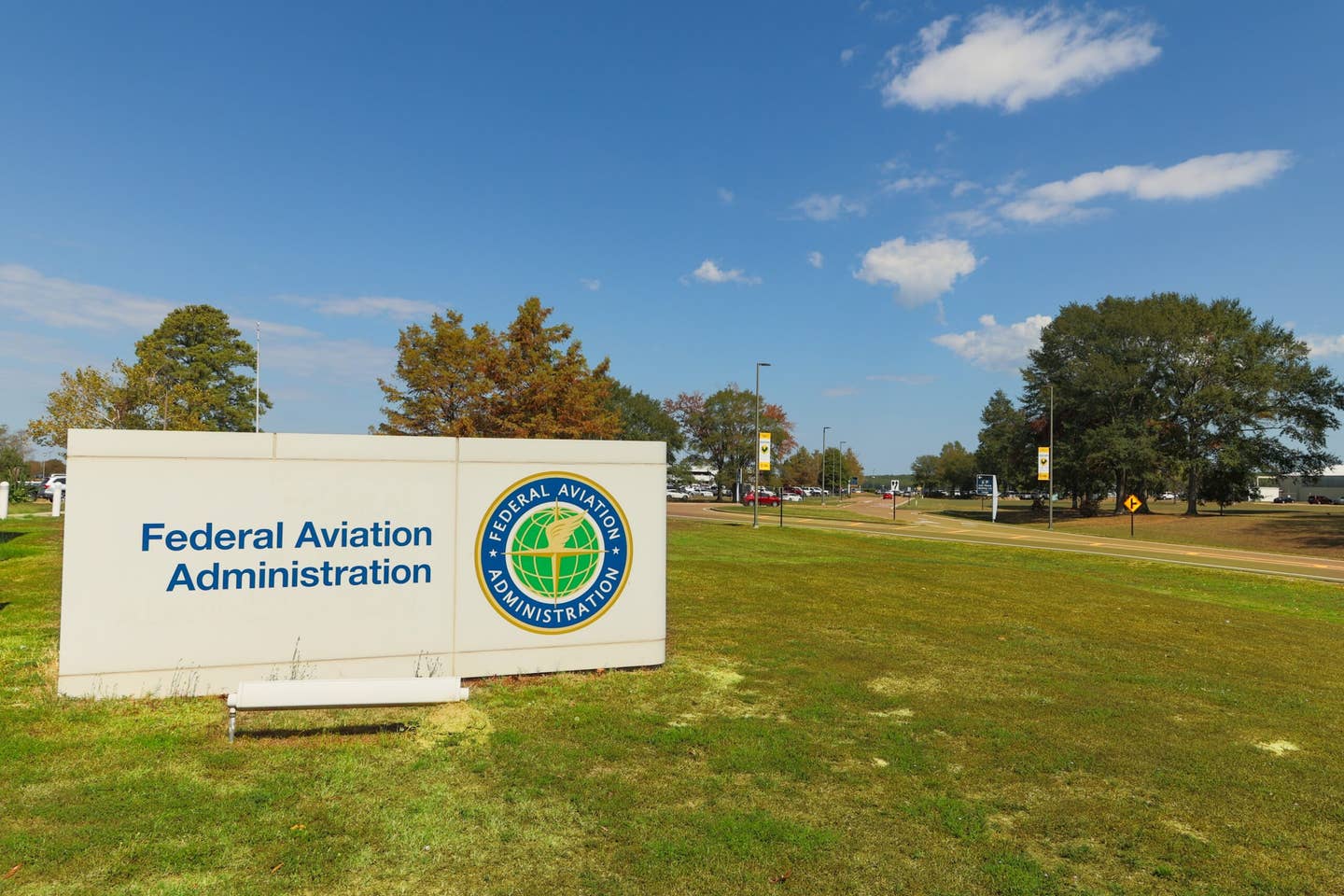Why One European Airline Has a Surplus of Applicants During a Pilot Shortage
Norse Atlantic Airways CEO says timing and equipment has been the key to early success.

Norse Atlantic Airway has nine Boeing 787 aircraft with more to come. [Courtesy: Norse Atlantic Airways]
While U.S. airlines can’t seem to hire pilots fast enough, a new European low-cost transatlantic airline said more than 3,000 pilots applied for the 50 available positions it recently posted.
Bjorn Tore Larsen, founder, and CEO of Norse Atlantic Airways, whose airline will begin long-haul service between Europe and North America this month, recently shared his company’s “problem” with the BBC.
As Larsen put it, his company’s advantage comes from its fresh start or not having any “legacy systems” to contend with. In the past two years, airlines worldwide saw their demand dry up in 2020, and now, as demand resurges, they are having trouble staffing up to match it.
When things began turning the corner in 2021, Larsen decided that it was a “very good time to launch an airline,” even though travel data company Cirium reported that “at least 68 airlines that have either entered or exited bankruptcy protection and/or have been liquidated as a result of COVID-19.”
The caveat is, at the same time, Cirium also reported that there were “no less than 120 airline startups announced between January 2020 and August 2021,” with the newcomers sensing a rebound in travel. This brings it back to Norse Atlantic Airways, which was founded in February 2021. To get in position, newcomers like Norse were able to secure airplane assets at a discount when travel demand was low during 2020, and from the airlines going out of service. They also were able to secure otherwise-hard-to-get transatlantic airport slots.
Now Norse, with its fleet of nine Boeing 787 aircraft—with an additional six on the way—is looking to exploit a segment of the market that larger carriers don’t have the nimbleness to do as quickly, uniquely matching supply with demand.
For instance, the airline is set to capture the coastal traffic between western Europe and strategic travel cities in the U.S.—Fort Lauderdale, Los Angeles, Orlando, and New York—right as travel restrictions are relaxed. This might explain then why there is a bundle of qualified pilots that the airline will now have to sift through, vying for the seats—albeit an unusually good problem—because flying the Dreamliner is a top goal for pilots.
U.S. Airlines Still Struggling
Alternatively, though beneficiaries of record demands, U.S. airlines are doing as much as they can to recruit pilots. For instance, after dropping its four-year degree requirement, Delta Air Lines (NYSE: DAL) said it would also begin reconsidering applications of pilots it previously turned down.
Interview Update: Effective Tuesday, May 24, 2022, if you were not successful with either the Online Assessment or...
Posted by Delta Air Lines Pilot Recruiting on Monday, May 23, 2022
Moreover, CEO Ed Bastian told investors at the Bernstein Strategic Decisions Conference Wednesday that the real challenge the airline was facing was from its pilots being bottlenecked in training at its mainline level, even though it has had to reduce capacity at the regional level as a result of the pilot shortage.
“Pilots are a constraint in the system right now, and I think they’ll be a constraint for some time,” Bastian said in his update.
United Airlines (NASDAQ: UAL), also dealing with a similar fate, has been taking steps to ease the burden at the training level. The company announced that it would expand its training capacity by opening a new four-story building on a 23-acre campus to house more flight simulators, classrooms, and offices to support its plan to hire 10,000 new pilots by 2030. Already the largest airline training facility in the world, the $100 million investment would help United in what it describes as “an aggressive plan to recruit and train thousands of pilots.”
With more than 12,000 pilots already on staff, the airline noted that every nine months, its pilots come for training to remain up to date on certifications. This means there may be up to 600 pilots training at the facility at any one time.
However, the stark contrast between the U.S. airlines and their European counterpart upstarts is the high level of attrition they have to deal with. JetBlue (NASDAQ: JBLU) president Joanna Geraghty told investors during her company’s most recent earnings call that pilots were leaving the carrier even with strong travel demand.
“We continue to experience elevated levels of pilot attrition and training pressures,” Geraghty said, adding that while the airline might be able to catch up on the training backlog, “we have to plan for a world where we just have elevated pilot attrition” owing to macro-economic forces that encourage pilots to seek opportunities elsewhere.
On either side of the ocean, driven by a seemingly unrelenting passenger demand for travel, airlines with enough savvy will be in the best position to capture the upsides, but more importantly—if they play their cards right—a robust pilot workforce.

Sign-up for newsletters & special offers!
Get the latest FLYING stories & special offers delivered directly to your inbox






